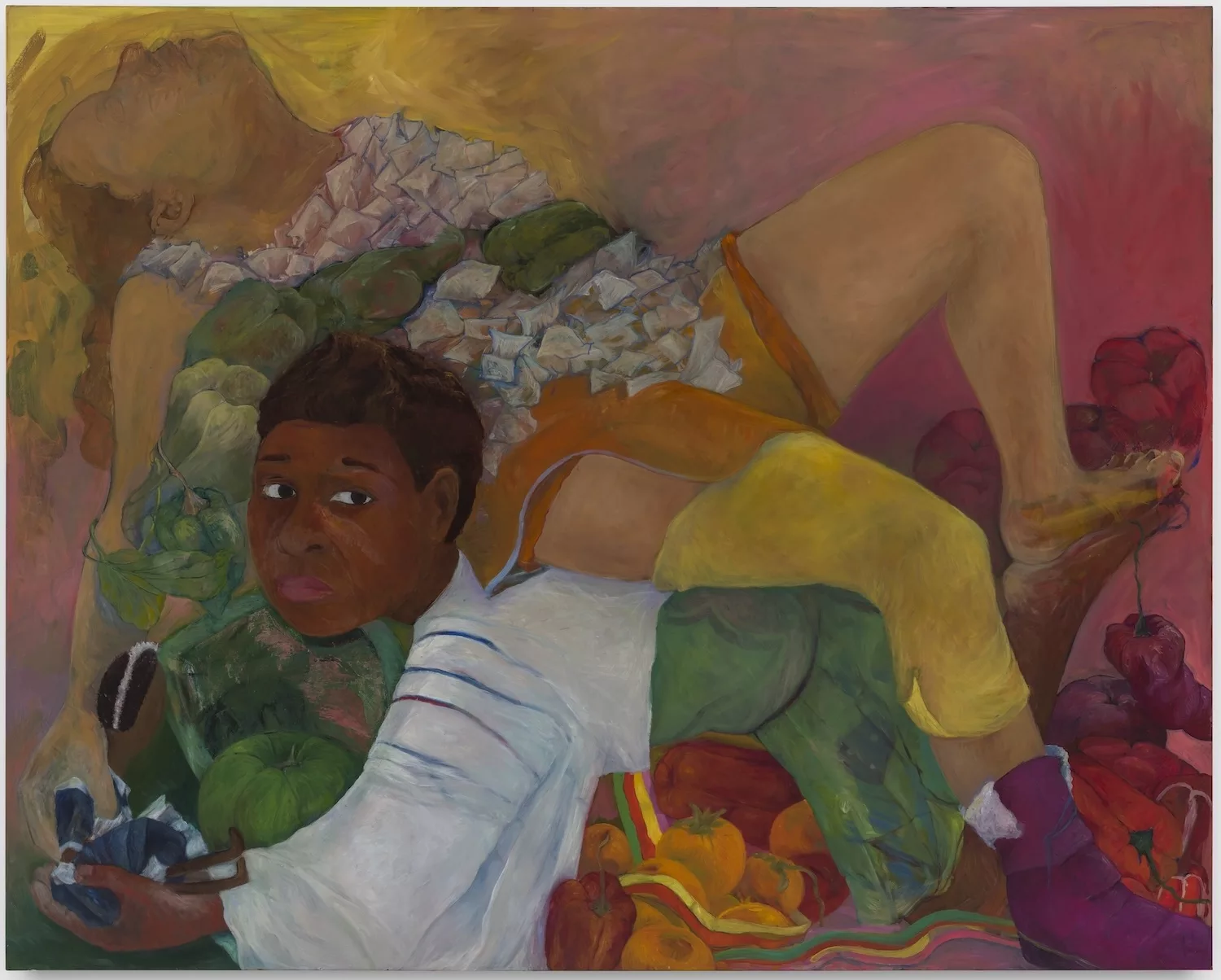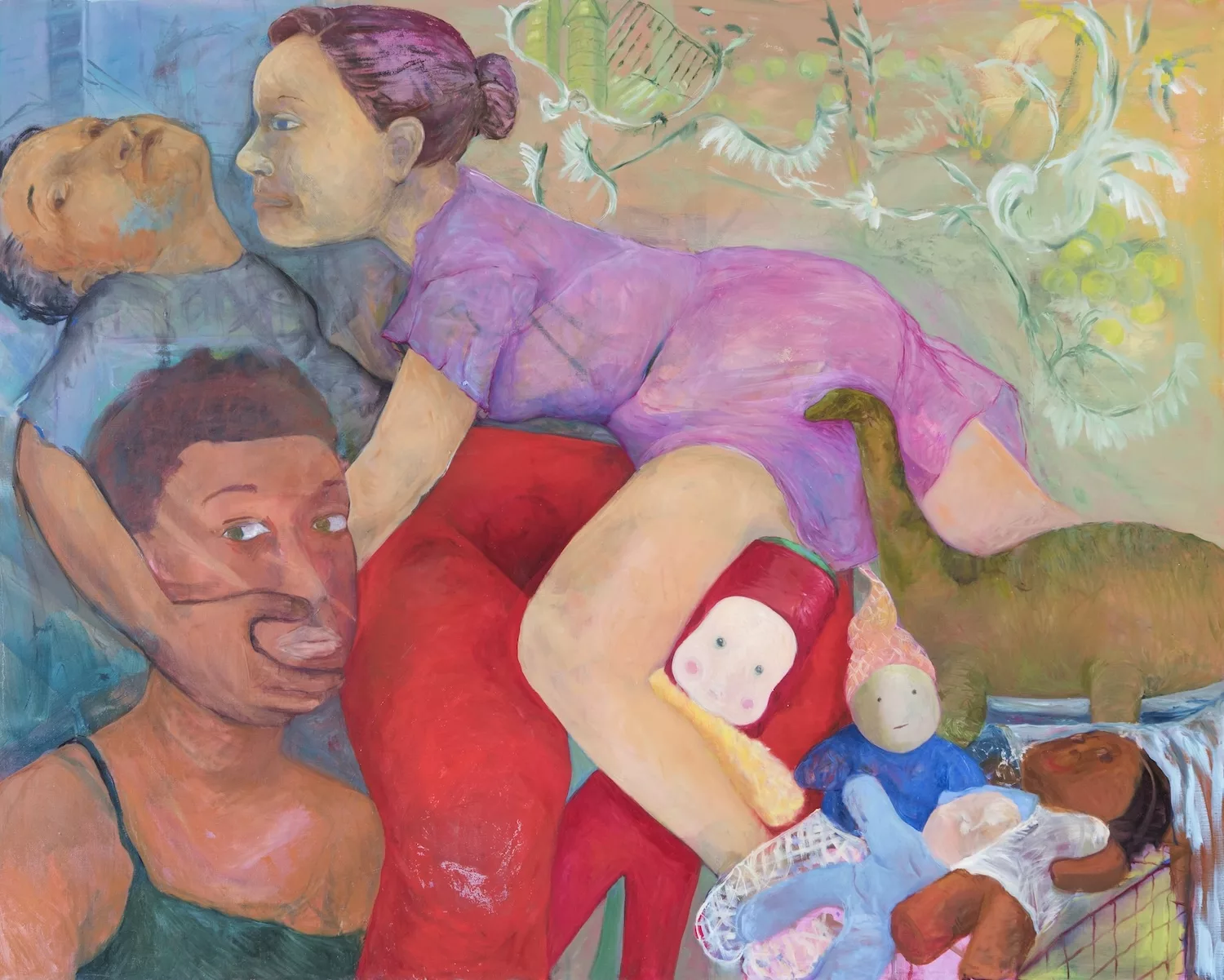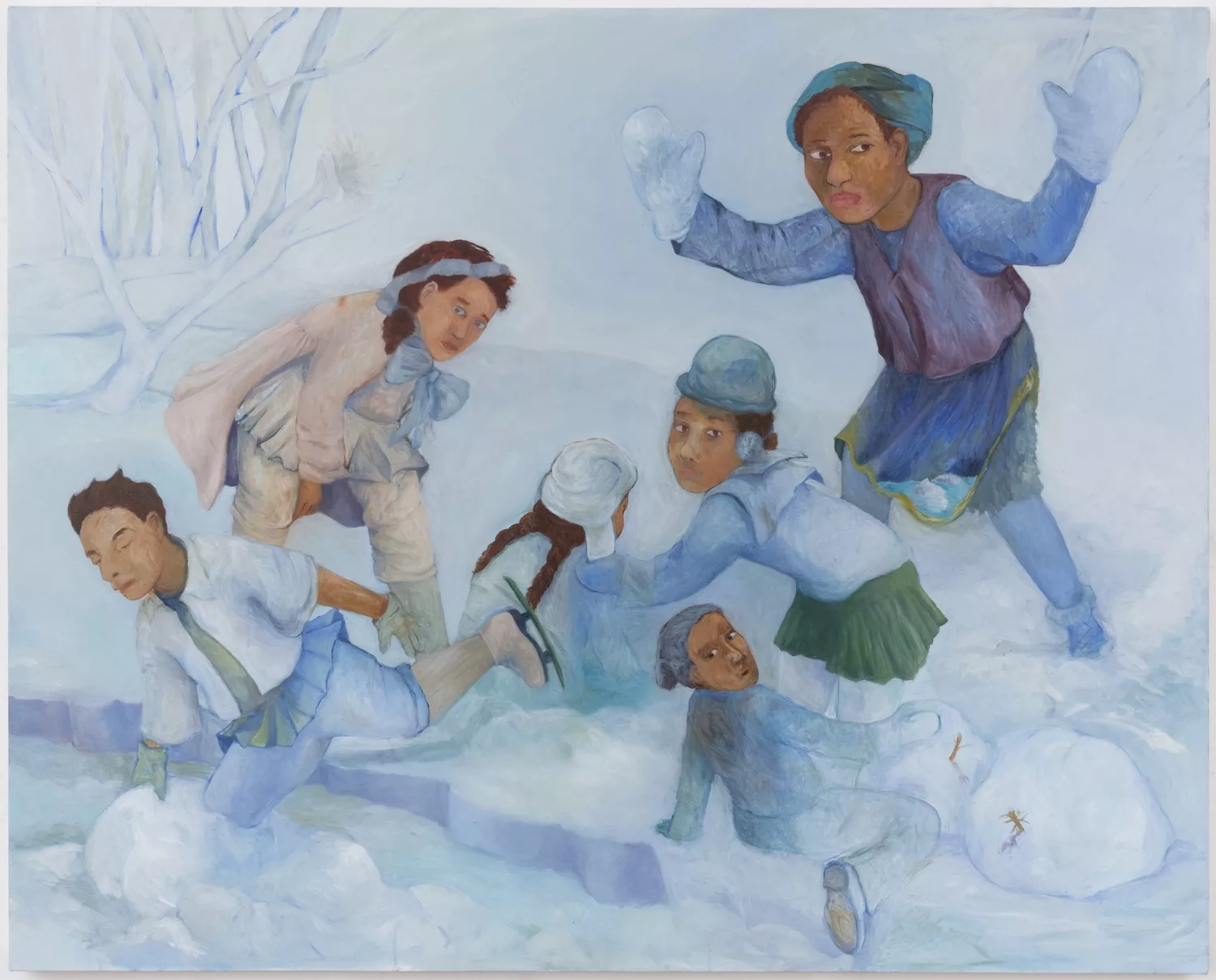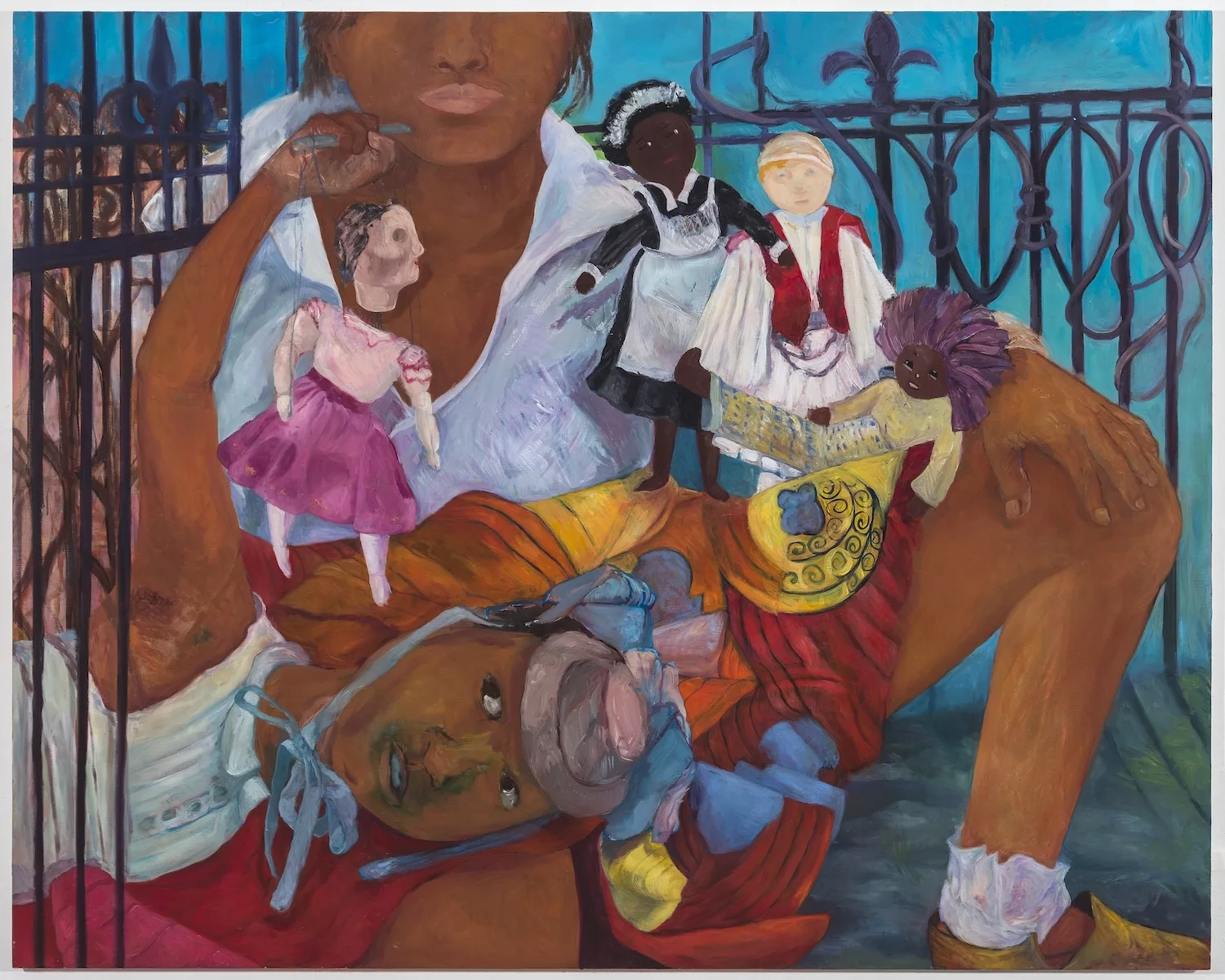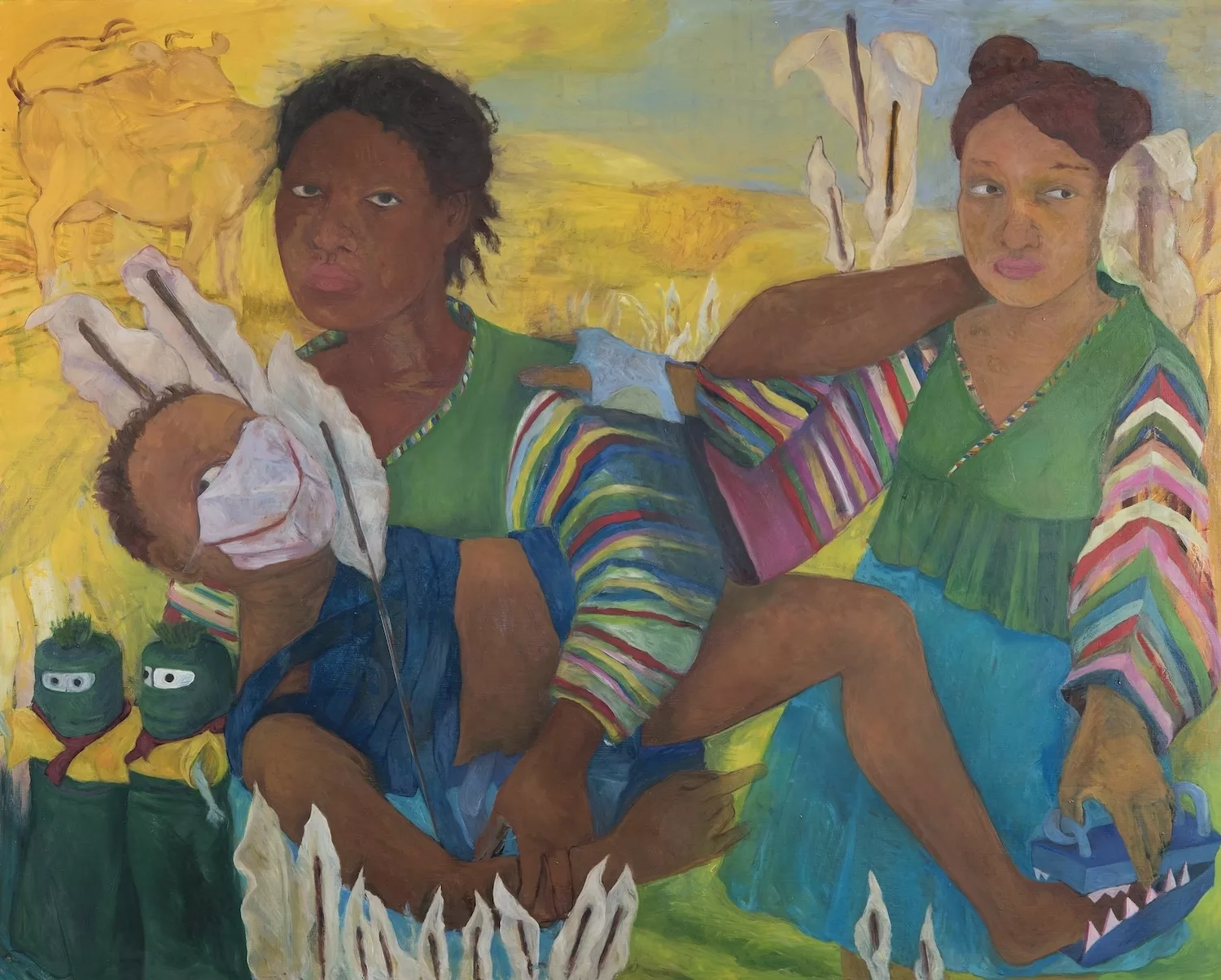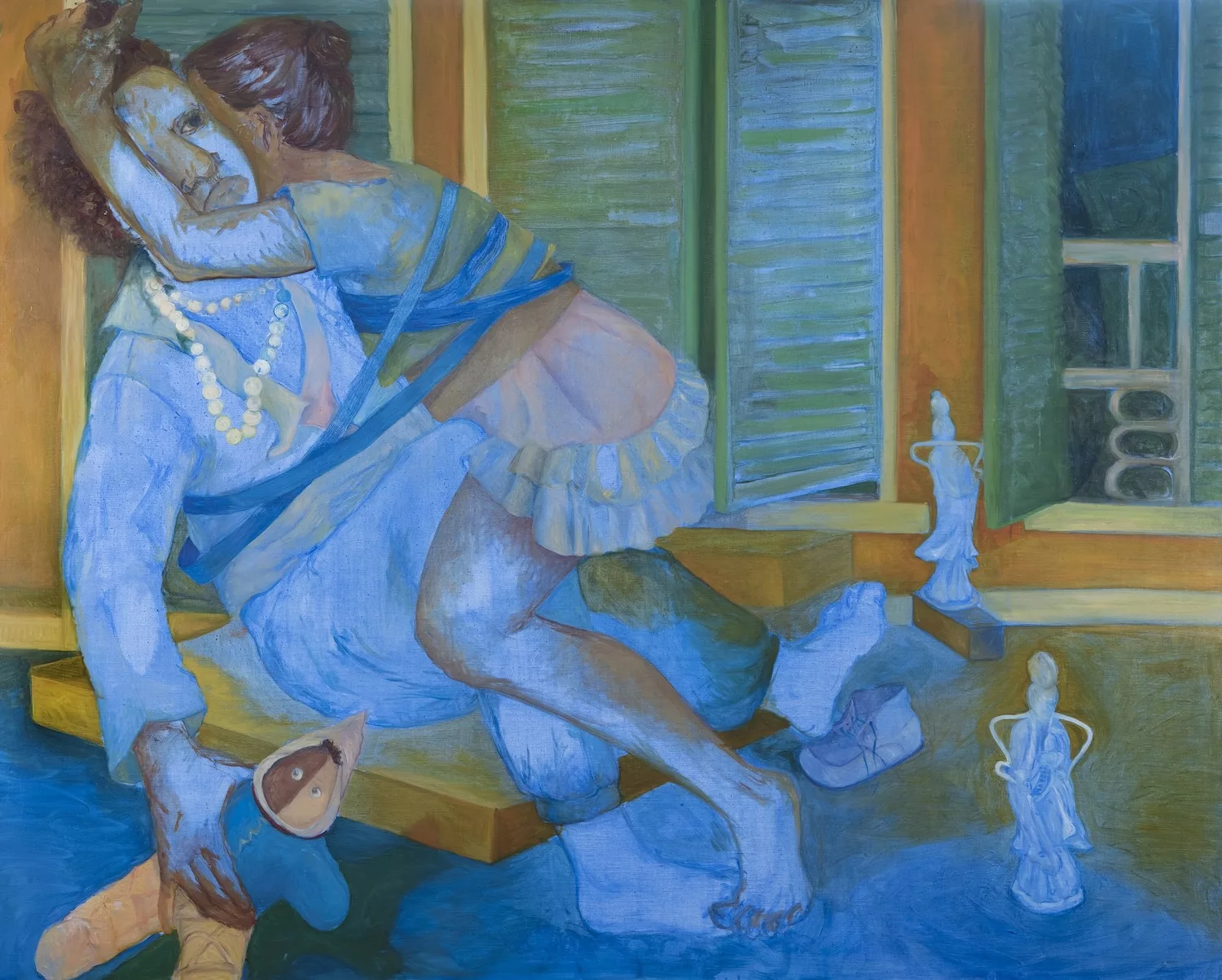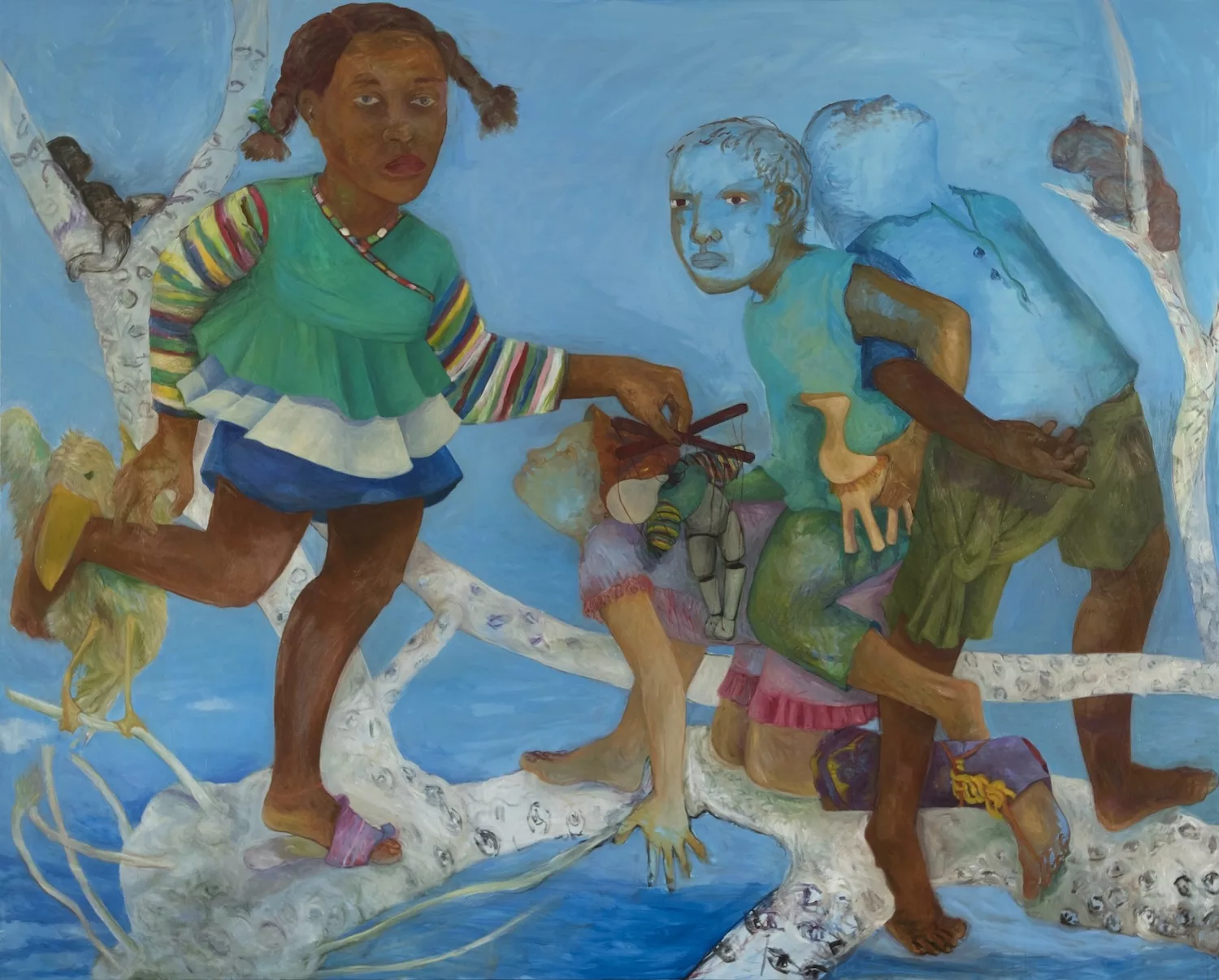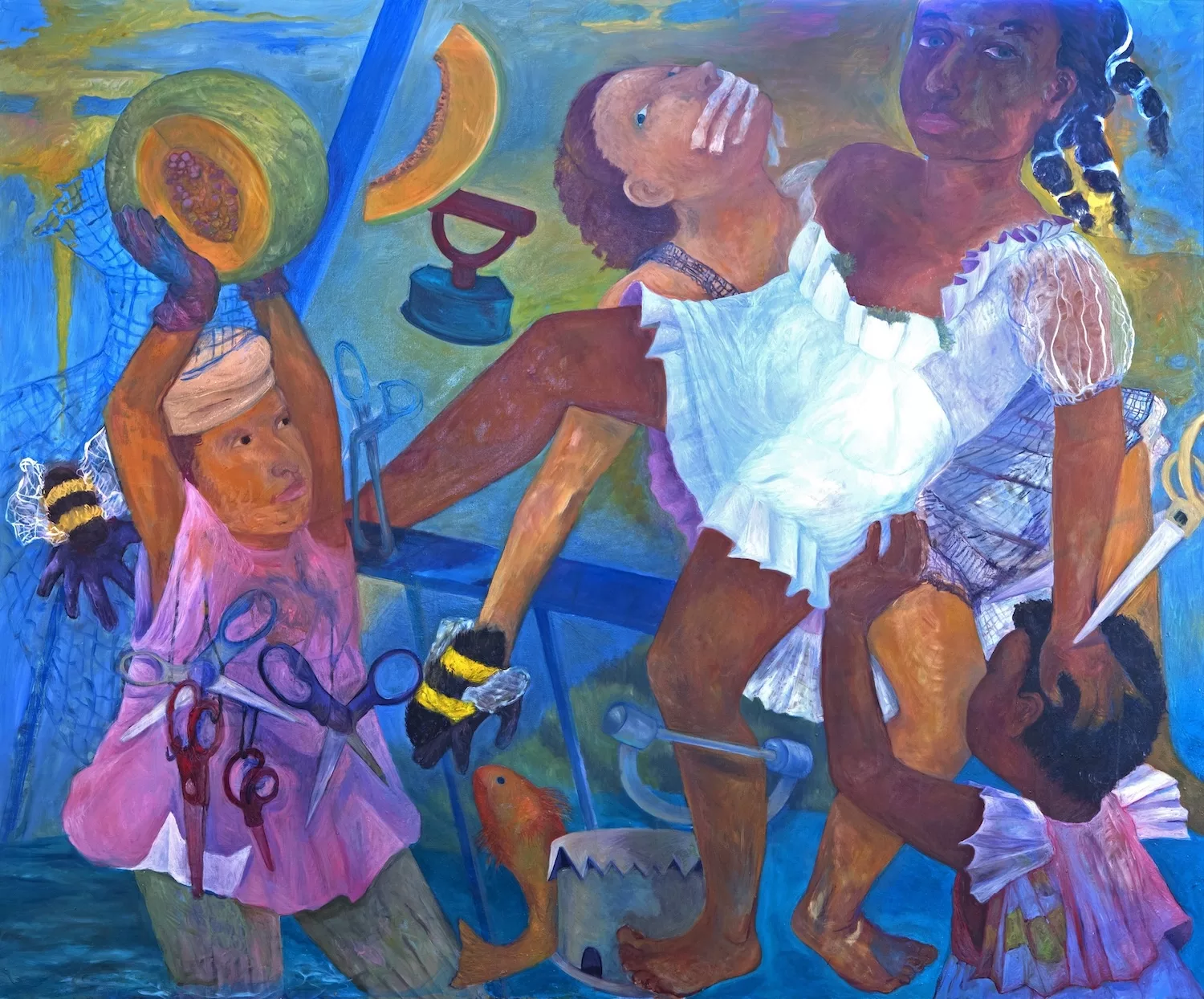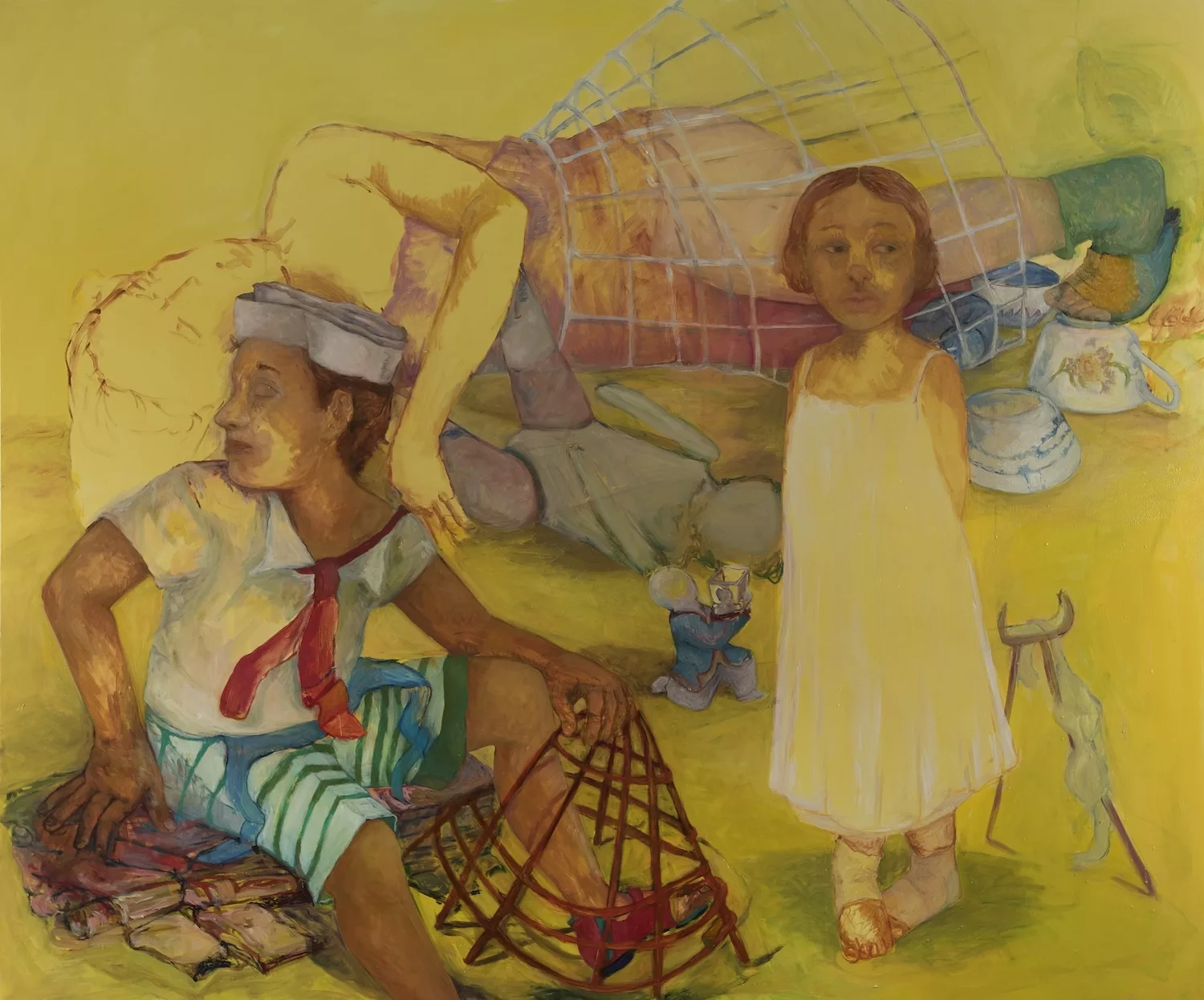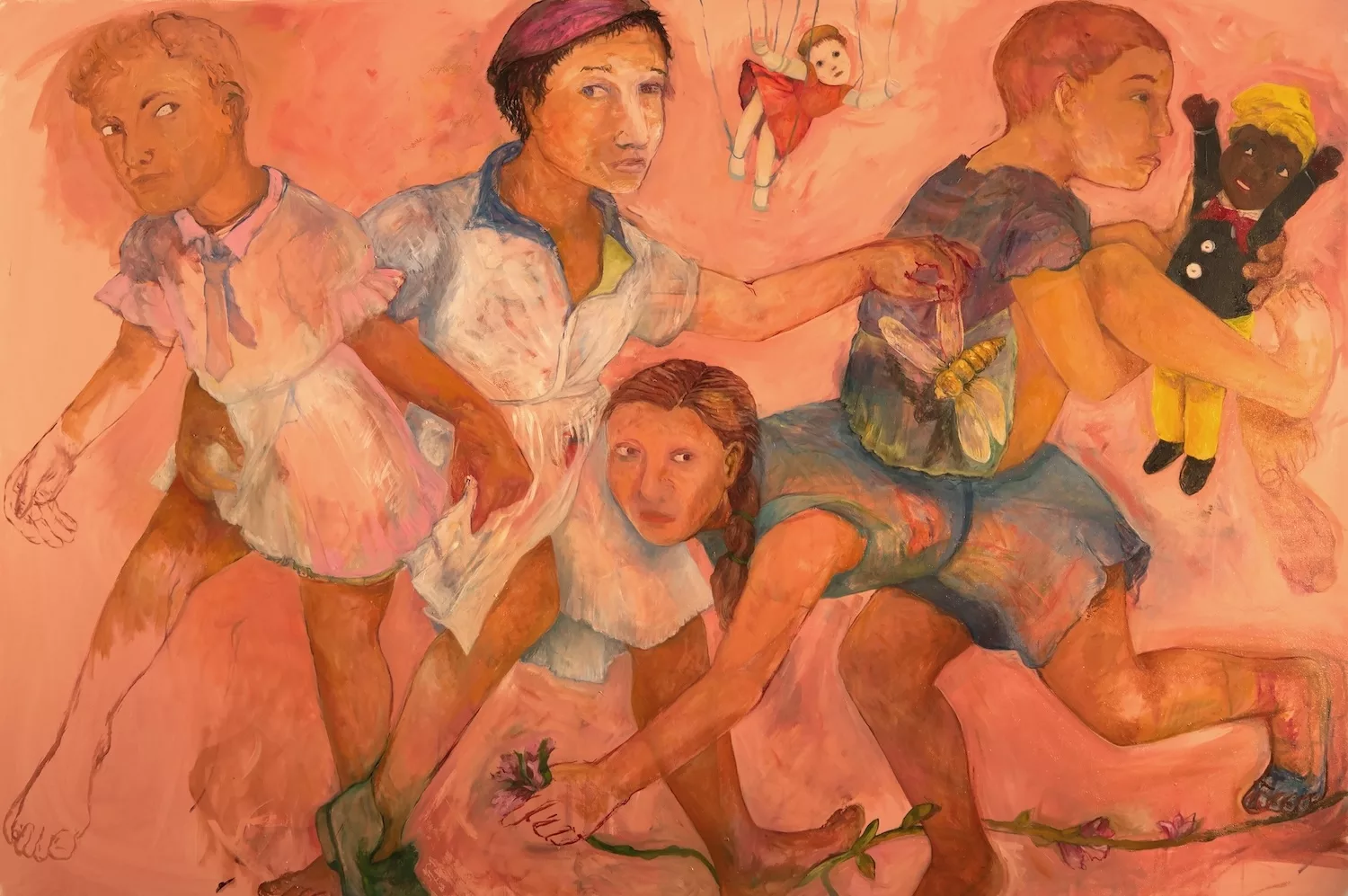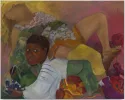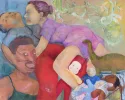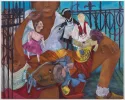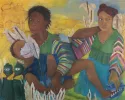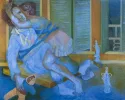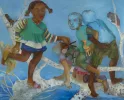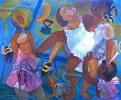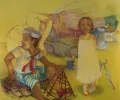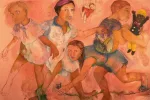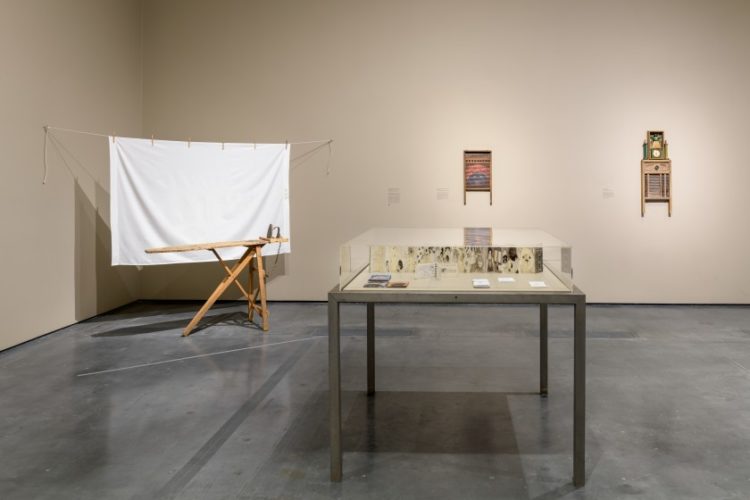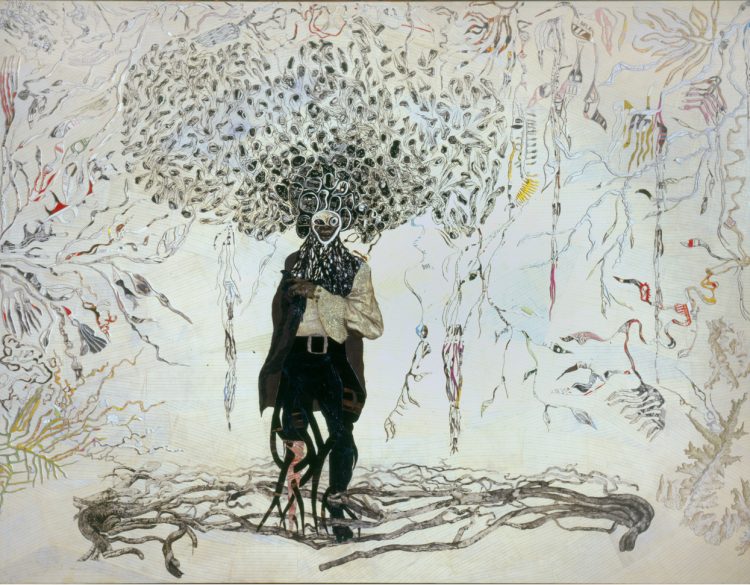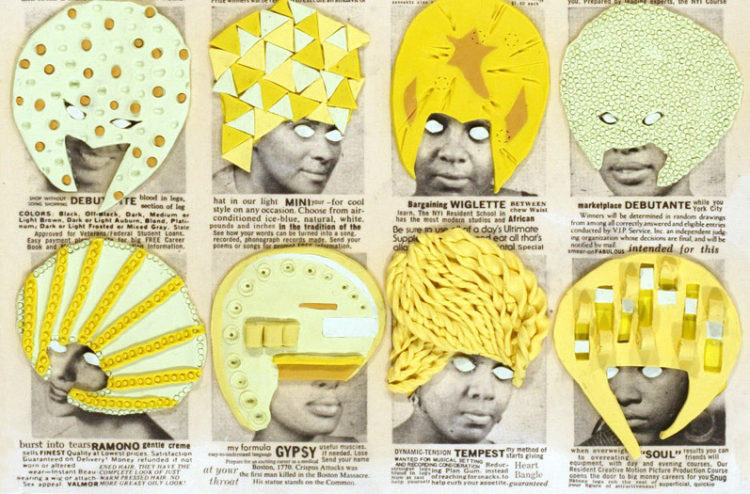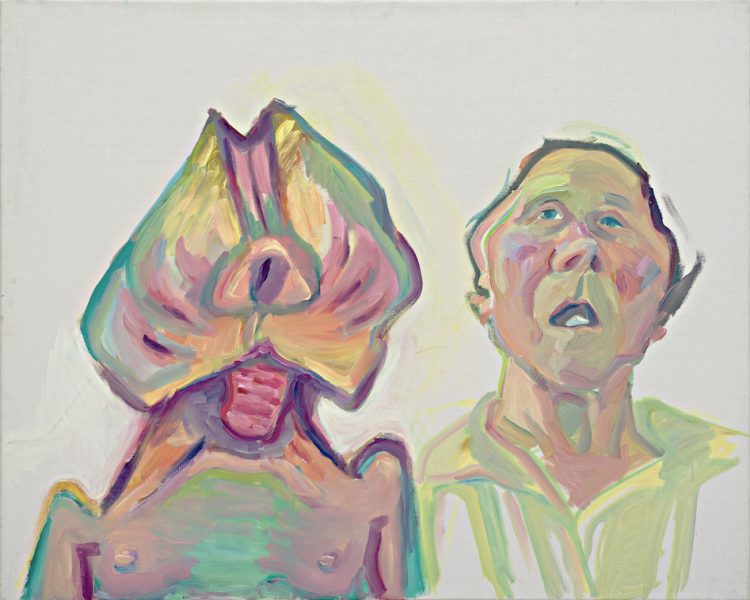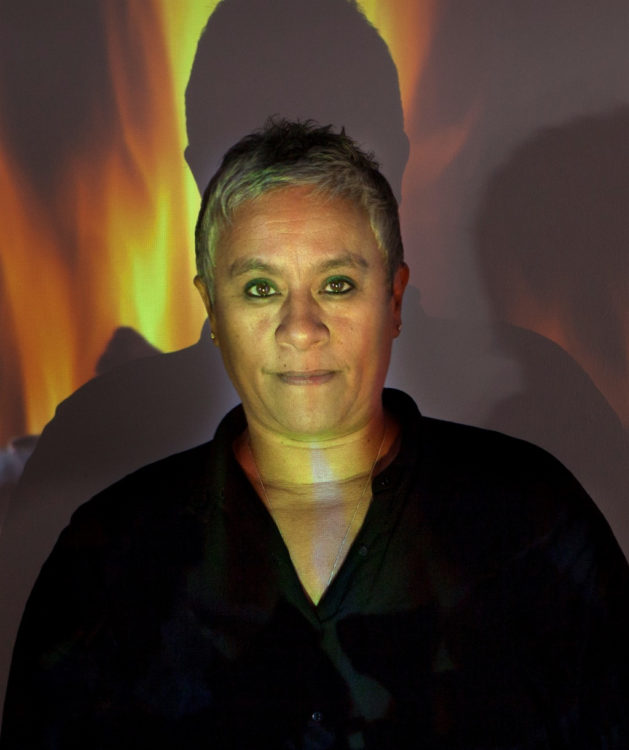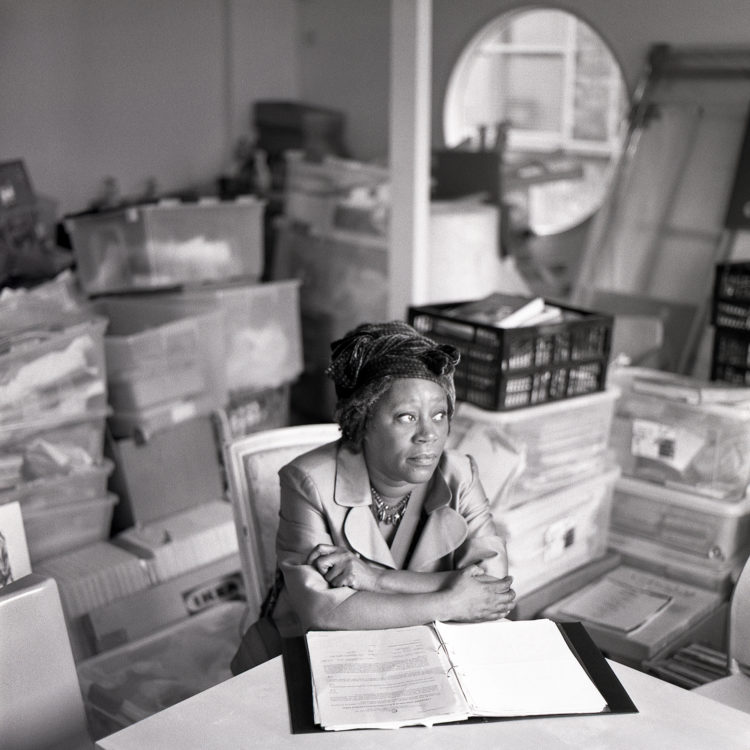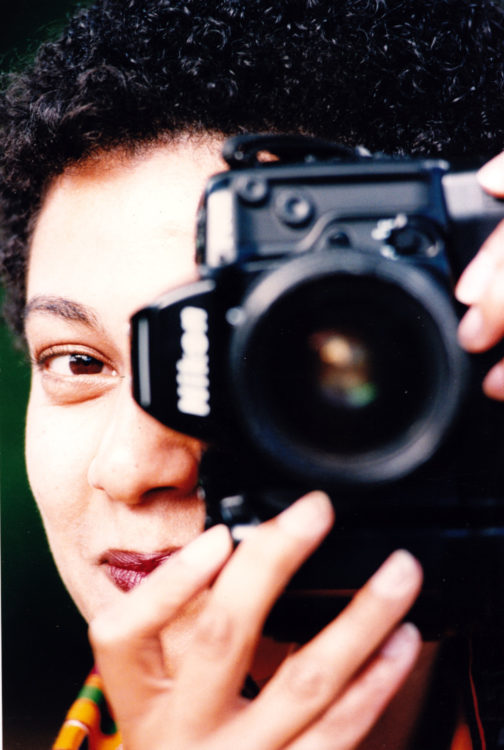Philemona Williamson
Childs, Adrienne, L., Philemona Williamson Corpus Painting, Paris, Semiose Editions, 2023
→Stavitsky, Gail, Philemona Williamson: Metaphorical Narratives, exhi. cat., Montclair Art Museum, New Jersey, 16 September 2017–7 January 2018 (Montclair Art Museum, 2017)
→Isaacs, Susan J. and Rosenberg, Martin, A complex weave: women and identity in contemporary art, exhi. cat., Rutgers University, New Jersey, 8 September–18 December 2009 (Rutgers University, 2009)
Sweet Dreams, La Passerelle, Centre d’Art Contemporain, Brest, 29 May–26 August 2024
→Philemona Williamson: Metaphorical Narratives, Montclair Art Museum, New Jersey, 16 September 2017–7 January 2018
→Philemona Williamson: Recent Paintings, The Queens Museum of Art, New York, 1988
American painter.
Until the age of ten, Philemona Williamson lived with her parents in the Manhattan home of a wealthy Greek family, where her mother and father were both domestic workers. P. Williamson felt welcomed into this other family, but also aware of class and racial divides. Her childhood was marked by exposure to opera, theatre and her mother’s vivid storytelling – a tradition from her Southern roots. The self-portrait, Here I Hold Becoming (2020), in which P. Williamson clutches a doll wearing a maid’s uniform while carrying a lighter-skinned person on her back, is an emblematic and deeply personal evocation of hardship and playfulness.
At Manhattan’s High School of Music and Art, in the 1960s, P. Williamson established a preference for oils and live models. She has remained dedicated to figuration, developing a unique style of depicting youthful bodies awkwardly interacting in ambiguous settings. Colour is primordial in her paintings, providing the groundwork for composition, characters and context.
As a rare figurative painter at Bennington College (1969–1973) – at that time a bastion of the Color Field style – P. Williamson felt somewhat estranged. She did, however, find a mentor in Sidney Tillim (1925–2001), a critic and painter who shared her interest in narrative. As part of Bennington’s African American student union, P. Williamson invited Benny Andrews (1930–2006) as a guest lecturer. Inspired by his painterly style and political engagement, P. Williamson herself would go on to merge art and public education, notably joining the non-profit organisation ‘Doing Art Together’ in the mid 1980s.
At NYU (1976–1979), P. Williamson studied with photo realist painter and photographer Don Eddy (1944–) and witnessed a painting renaissance in New York’s art scene. Soon after her graduation, local galleries were dominated by Jean-Michel Basquiat (1960–1988), Julian Schnabel (1951–), Keith Haring (1958–1990) and David Salle (1952–). But in her studio in the ungentrified meatpacking district, P. Williamson was primarily looking at Hieronymus Bosch (c.1450–1516), Paula Rego (1935-2022) and Balthus (1908–2001, pseudonym of Balthasar Kłossowski).
In 1983 P. Williamson had a breakthrough. During a residency at the Millay Colony for the Arts she realised that her paintings needed to be more autobiographical. After an encouraging studio visit with Romare Bearden (1911–1988) in 1988, she submitted a portfolio inspired by her own adolescence to the Queens Museum of Art. The museum offered her a solo show. A New York Times review described exhibition, which included Cotton Street (1988), as “dreamy and a bit wild – a vision of life as seen through the eyes of a tenacious, wondering child”.
Throughout the 1990s P. Williamson participated in important group shows that contextualised her work within contemporary conversations about identity politics. Bearing Witness: Contemporary Works by African American Women Artists (1996), a travelling exhibition that originated at the Spelman College Museum of Fine Art, placed her alongside Lorna Simpson (b. 1960), Faith Ringgold (1930–2024), Carrie Mae Weems (b. 1953) and Betye Saar (b. 1926).
In addition to painting, P. Williamson’s oeuvre includes soft sculptures, mosaics and a fused glass mural, Seasons (2017), which was commissioned for New York City’s Livonia Avenue subway station. P. Williamson’s work has been exhibited across the United States. In 2017, New Jersey’s Montclair Art Museum honoured P. Williamson with a major retrospective: Philemona Williamson: Metaphorical Narratives. Her first solo show in Europe opened at Semiose gallery, in Paris, in 2023. The following year La Passerelle, in Brest, France, hosted P. Williamson’s first institutional solo show outside the United States.



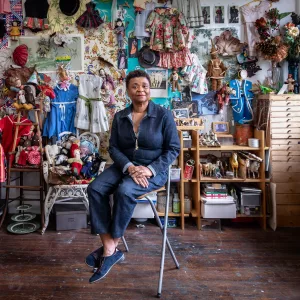
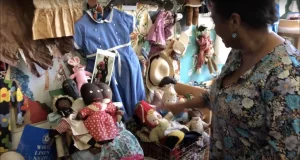 Cabin Fever Artist Talk: Philemona Williamson | Visual Arts Center of New Jersey, 2021
Cabin Fever Artist Talk: Philemona Williamson | Visual Arts Center of New Jersey, 2021 